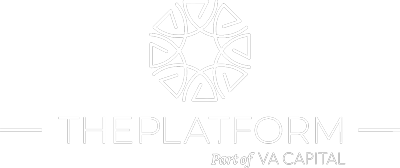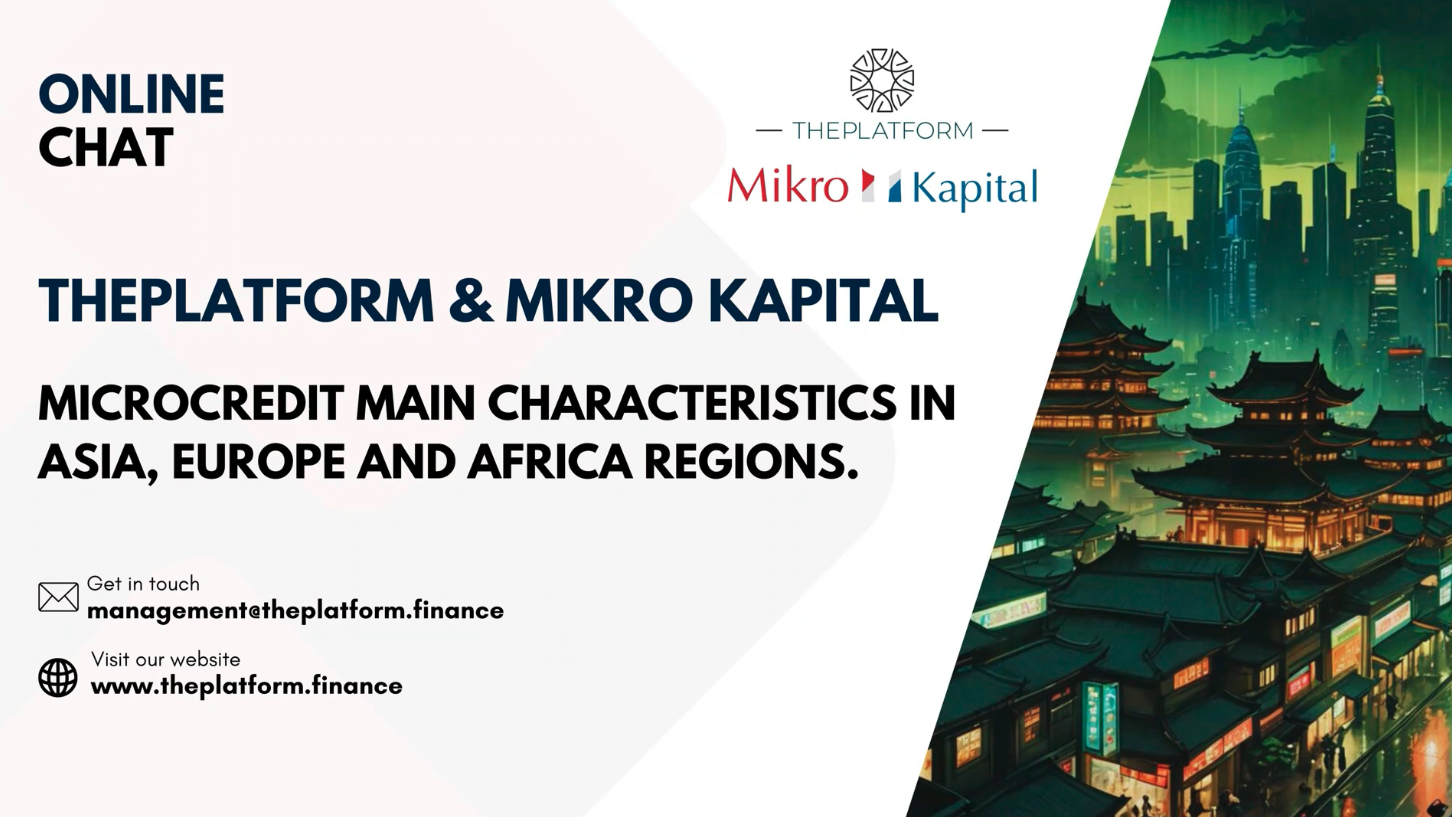Together with…

Microfinance: A World of Opportunity and Nuance
In a recent discussion hosted by ThePlatform.finance, Johannes Feist, CEO of Mikro Kapital, and Gianluca Guerra, founder of Virgil Alternative Investments, offered a deep dive into the world of microcredit, revealing a complex landscape of opportunity and challenges across Asia, Africa, and Europe. Their conversation provided a detailed look at how microfinance operates in different regions, the unique challenges it faces, and its potential to drive economic development and social change.
CLICK HERE TO GET MORE INFORMATION
Market Concentration and Development
Asia: A Hotbed of Microfinance
Feist pinpointed South and Southeast Asia as key areas for microfinance activity. India stands out with one of the largest microfinance markets globally, populated by major institutions such as Bharat Financial Inclusion Limited.
However, the roots of microfinance trace back to Bangladesh, the birthplace of the Grameen Bank, which was founded by Nobel laureate Muhammad Yunus.
Other countries like Cambodia and Vietnam also demonstrate strong microfinance markets.
Latin America: Established and Sophisticated
Moving westward, Latin America presents a sophisticated microfinance sector, particularly in Bolivia and Peru. These regions benefit from conducive regulatory environments that support the growth of microfinance institutions.
Africa: A Continent of Contrasts
The African continent offers a more varied picture.
Countries like Kenya, Uganda, Mozambique, Tanzania, Nigeria, Ghana, South Africa, and Namibia have well-established microfinance sectors, each with their own particular characteristics.
In Kenya, mobile money platforms like M-pesa have revolutionised access to financial services, while in Mozambique, regulations allow microfinance institutions to take deposits. Yet, in South Africa and Namibia, microfinance is more geared towards consumer and payroll lending, as banks are increasingly catering to the needs of entrepreneurs.
Regional Differences: Culture and Context
The discussion highlighted the importance of understanding regional differences in microcredit operations;
- Central Asia: The “Stan” countries have mixed regulatory environments. Tajikistan, for instance, allows microfinance institutions to collect deposits from individuals, which promotes local growth. The economies of these countries are heavily reliant on agriculture and remittances, while cultural factors like trust and social capital also play a significant role.
- Africa: Here, microfinance is a crucial tool for financial inclusion due to the large informal economy and the limited reach of traditional banks. Extended families and community support systems are prevalent, and group lending is common. Success, however, varies greatly across countries with differing levels of regulatory oversight.
- Europe: The European Union supports microcredit, seeing it less as a tool for poverty alleviation and more as a means for social inclusion and reintegration. It’s a growing sector, supporting small businesses, migrants, and social enterprises.
Loan Sizes and Focus Areas
The size of microloans and the sectors they support vary across regions. In Africa, loans can be as small as $50, while in Central Asia, they typically start at $1,000-$2,000.
In Europe, the amounts can reach up to €70,000 in some cases, such as in Italy, where government guarantees are in place to foster the sector. Agriculture, services, local trading, and small industry are common areas supported by microloans across these regions.
CLICK HERE TO GET MORE INFORMATION
The Sustainability Angle
Feist argues that microfinance’s main contribution to sustainability is poverty alleviation, enabling individuals to work their way out of poverty through entrepreneurial endeavours. He highlighted that microfinance institutions are increasingly responding to their clients’ demands for more sustainable practices, including financing for intelligent irrigation systems and solar panels.
Low Default Rates
Despite common perceptions about risk in emerging markets, Feist reports that default rates for microfinance are surprisingly low, with portfolio risks generally below 5% and write-offs of less than 1%. He attributes this to clients’ limited alternative financing options and their desire to maintain good relationships with lenders. He explained that, instead of aggressively pursuing collateral, the institutions try to work with struggling clients to find solutions, viewing them as “troubled” rather than “bad,” indicating a more collaborative and supportive approach to finance.
Mikro Kapital’s Strategy and Structure
Mikro Kapital’s expansion strategy is rooted in its expertise in Eastern Europe and Central Asia, with opportunistic ventures into other regions. These moves are influenced by partnerships, cultural fit, and the unmet demand for microfinance. The group functions as a securitisation vehicle that owns equity in microfinance banks and lending companies. These institutions are independent, but adhere to similar policies and standards5. The group has a sales network for bond issuance, which supports their refinancing needs.
Final Thoughts
The discussion between Feist and Guerra provides a comprehensive overview of the microcredit landscape, underscoring the importance of regulatory frameworks, cultural contexts, and financial inclusion in fostering economic development. Mikro Kapital’s approach demonstrates a blend of strategic growth and responsible lending, balancing opportunity with a commitment to supporting entrepreneurship in underserved communities. As Guerra noted, microcredit is “finance linked to the real economy”5, driven by genuine needs and ambitions.




